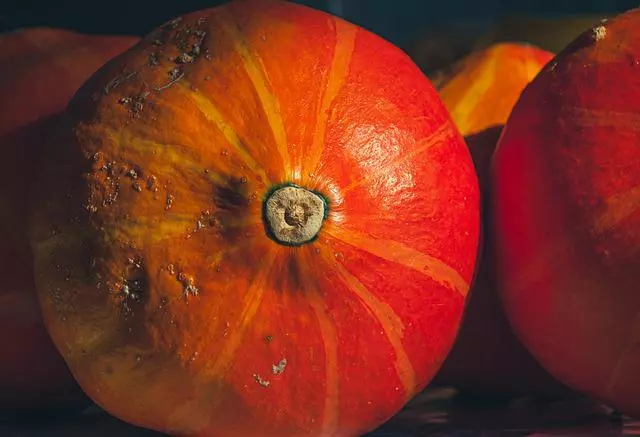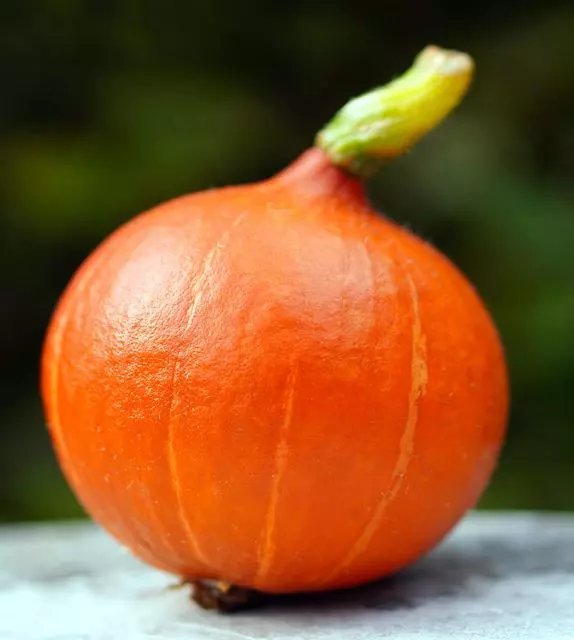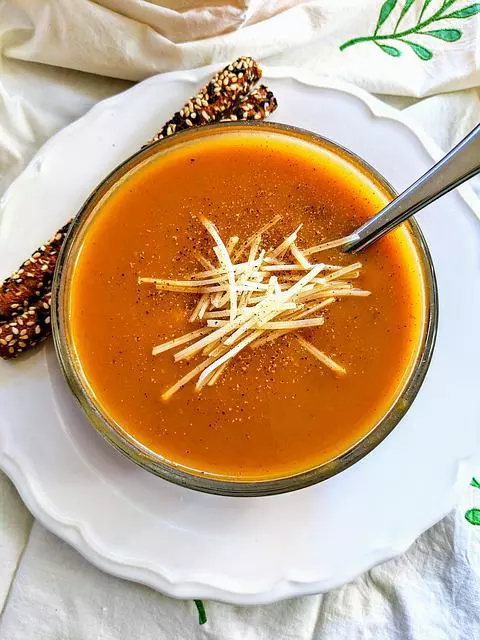Red Kuri squash is very showy, rounded, and weighs an average of 3.5 lbs. (1.5 kg). Its skin is a deep orange color and its interior is yellow and fleshy. Red Kuri squash is a very productive variety. If harvested correctly, the red Kuri squash can be stored for a long time. Learn all about how and when to harvest red Kuri squash.
Red Kuri squash is also known by the following names: Hokkaido Pumpkins, Orange Hokkaido, or Baby Red Hubbard. With the red Kuri squash, you should make delicious soups, purées, and many meals. An advantage of red Kuri squash is that it is more drought resistant than other squashes. Each red Kuri squash plant yields 3 to 7 squashes.
Table of Contents
When to Harvest Red Kuri Squash
When to Harvest Red Kuri Squash? Red Kuri squash will be ready to harvest 85 to 95 days after planting. You should also observe the skin of the red Kuri squash to know when to harvest the red Kuri squash. The skin of the red Kuri squash should have a deep orange color and should be hard to the touch. Press with your fingernail on the skin of the red Kuri squash, if you see that it does not mark the skin is that the squash is ready to be harvested.
As the red Kuri squash matures you will notice that the vine is drying out, this is another way to know when to harvest red Kuri squash. Not all squash will ripen at the same time, so watch your squash daily when they are ready to ripen.
Finally, be sure to harvest all red Kuri squash before the first frost. Normally in the Northern Hemisphere, red Kuri squash is harvested between September and October.

How to Harvest Red Kuri Squash
How to Harvest Red Kuri Squash? Once you have selected the Red Kuri squash to harvest, you will need a sharp knife or pruning shears. It is important to have disinfected and sharp tools to make a perfect cut in the squash stem. Leave a 3″ to 4″ (8 to 10 cm) stem to ensure better preservation of the red Kuri squash.
Never pull red Kuri squash off the vine by hand, always use a sharp tool to make a perfect cut. A perfect cut will prevent damage to the plant and to the squash itself, which will help improve storage time. Handle the red Kuri squash carefully to avoid bruising. If the squash has bruises on the skin, this may cause the squash to store for a shorter time.

How to Store Red Kuri Squash
How to Store Red Kuri Squash? Red Kuri squash can be stored for more than 6 months, but curing must be done first to store the squash properly. Place the red Kuri squash in a well-ventilated place but protected from rain for about 14 days to allow the squash to cure. The ideal curing temperature for red Kuri squash is between 80 and 85 °F (27 to 29 °C).
Once the curing process is complete, you can store the red Kuri squash for up to 6 months. Store the red Kuri squash in a cool, dry place with a temperature between 50 and 55 °F (10 to 13 °C). Never stack squashes so that they are not damaged during storage.
A Tufts University article explains that it is also possible to cook the flesh of the red Kuri squash and then freeze it for storage in the freezer.
We hope you found this article on how and when to harvest red Kuri squash useful. We recommend our other articles about when to harvest Blue Hubbard squash and when to harvest delicata squash.


